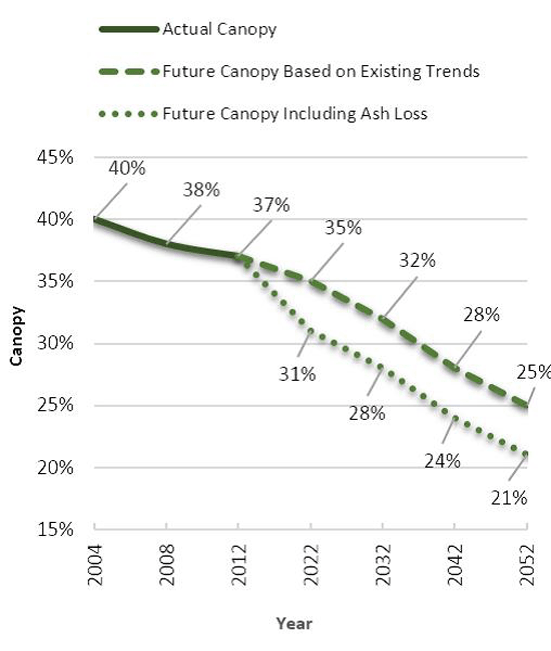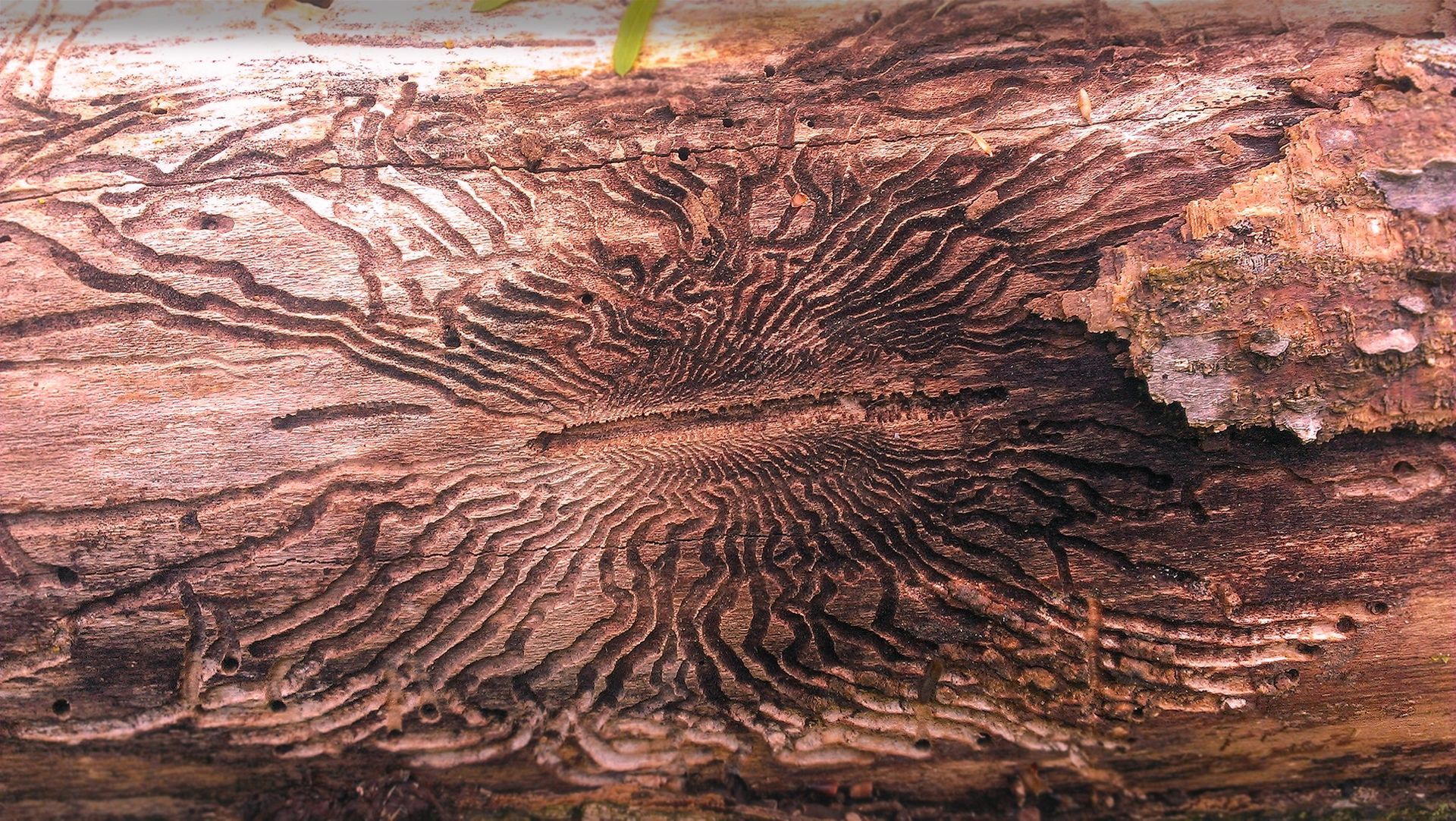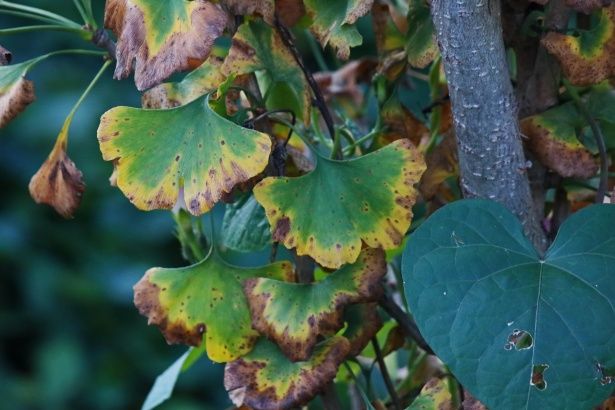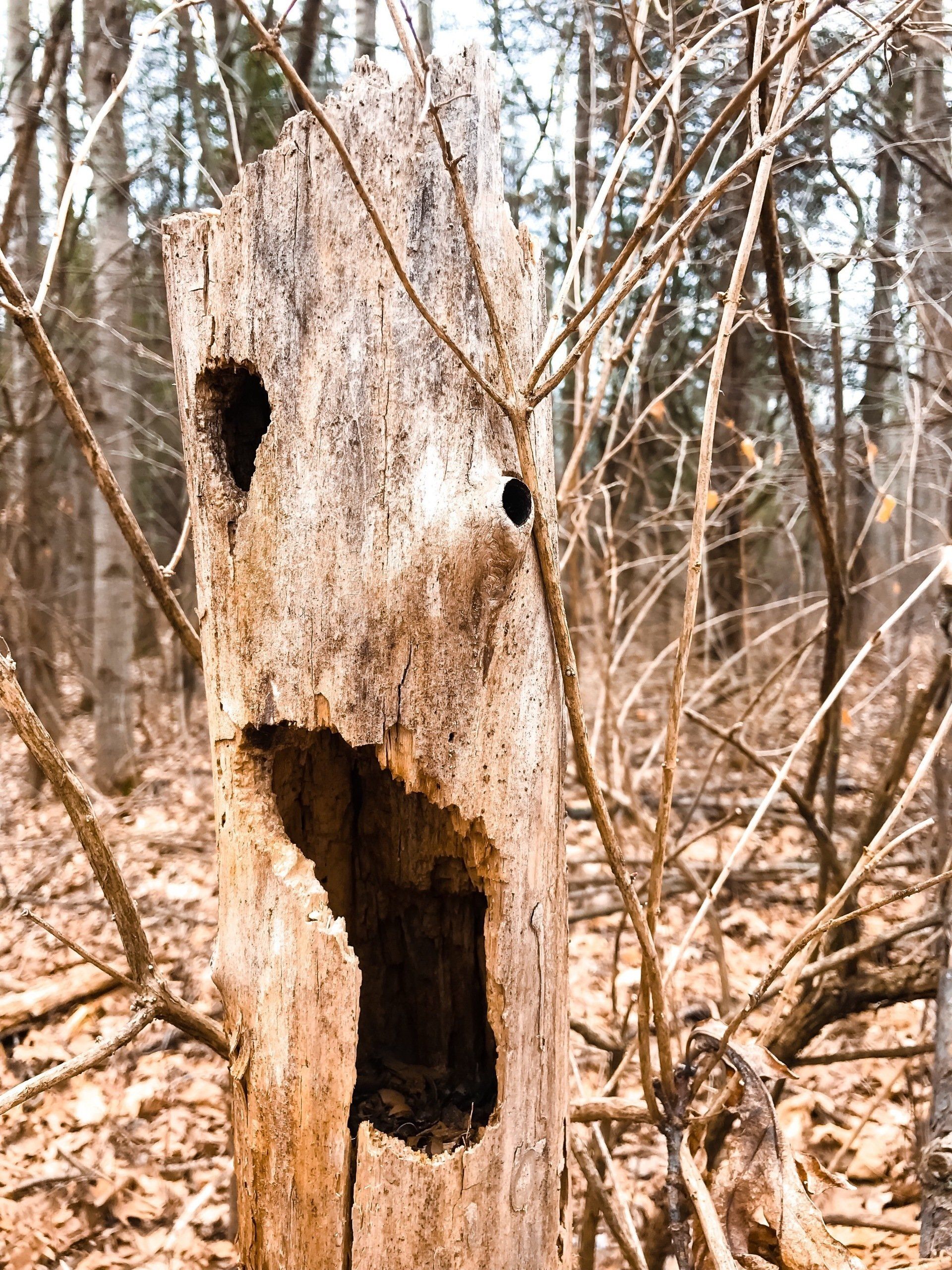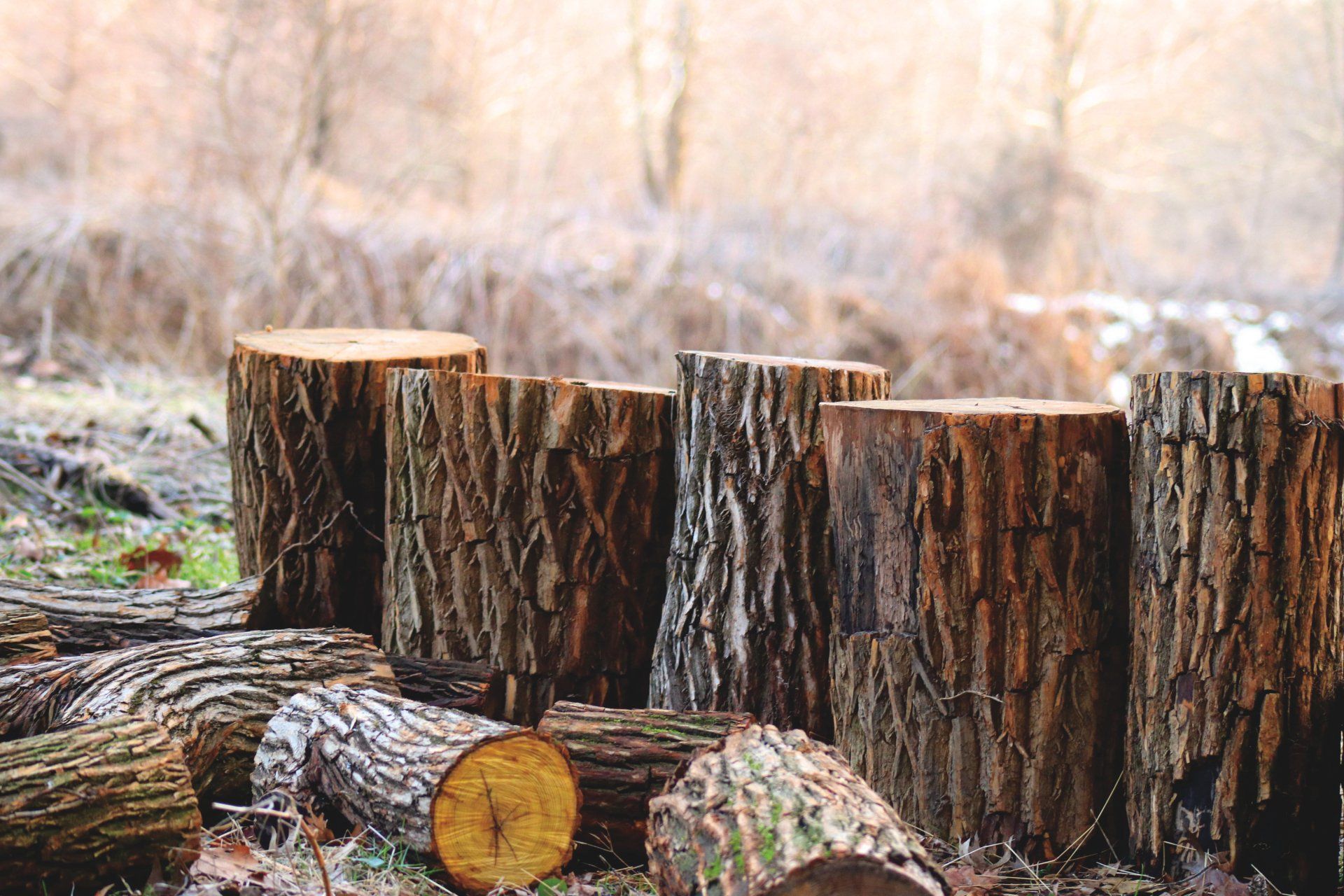Louisville's Tree Canopy
An urgent call to action.
In 2015, an Urban Tree Canopy Assessment was completed by the Davey Resource Group to help our city better understand the direction its tree canopy was taking.
That study found that Louisville's tree canopy was experiencing a steady decline. In fact, it showed that our city lost the equivalent of 54,000 trees, or 820 acres of canopy, every year between 2004 and 2012.
Why are we losing trees in Louisville?
Numerous factors contributed to this decline, including wind and ice storms, tree removal for development, pests, and an insufficient number of trees planted to offset the loss of old, dying trees.
An Urgent
Call to Action
Louisville's 2015 Urban Tree Canopy Assessment documented an alarming loss of trees throughout the city.
The study broke down the percentage of tree canopy by neighborhood, helping us to determine where trees are most needed. It became clear that tree canopy was not distributed equally across Louisville, and some neighborhoods experienced greater benefits from higher canopy percentages, while areas with lower-than-average canopy coverage were more likely to experience poorer air quality, higher summer temperatures and other problems.
Louisville is also now host to the Emerald Ash Borer - an exotic pest that has decimated ash tree populations across the Midwest. Ash trees comprise 10%-17% of suburban and rural forests, meaning hundreds of thousands of ash trees will be lost in Louisville within the next five to ten years.
In 2012, Louisville's tree canopy stood at 38% and was predicted to drop to as low as 21% in the coming decades - a far cry from the 40% recommended average
2022: A Step in the Right Direction
In response to these alarming findings, tree planting in Louisville shifted into high gear. Since 2015, TreesLouisville has planted and distributed nearly 20,000 trees, and thousands more trees have been planted by community partners like Louisville Parks & Recreation/ Urban Forestry, the Olmsted Parks Conservancy, Louisville Grows, 21st Century Parks, and the Kentucky Transportation Cabinet.
Eight years passed since the last urban tree canopy assessment, and it was time to find out: were our combined efforts having an impact?
TreesLouisville commissioned the University of Vermont's Spatial Analysis Lab to do a follow-up study that reanalyzed the 2012 data and compared it to new 2019 data. The result? In stark contrast to the predictions of decline made in 2015, we have not only held steady but in fact increased our tree canopy by 1%!
It's clear - the collective efforts of our tree planting partners are working, and we are gradually on our way to achieving our 45% canopy goal. While this is cause for celebration, our work isn't finished. The 2022 study also found that we lost nearly as much canopy as we gained, so in order to continue to reverse the trend of decline, we've got to keep planting and caring for our urban forest.
